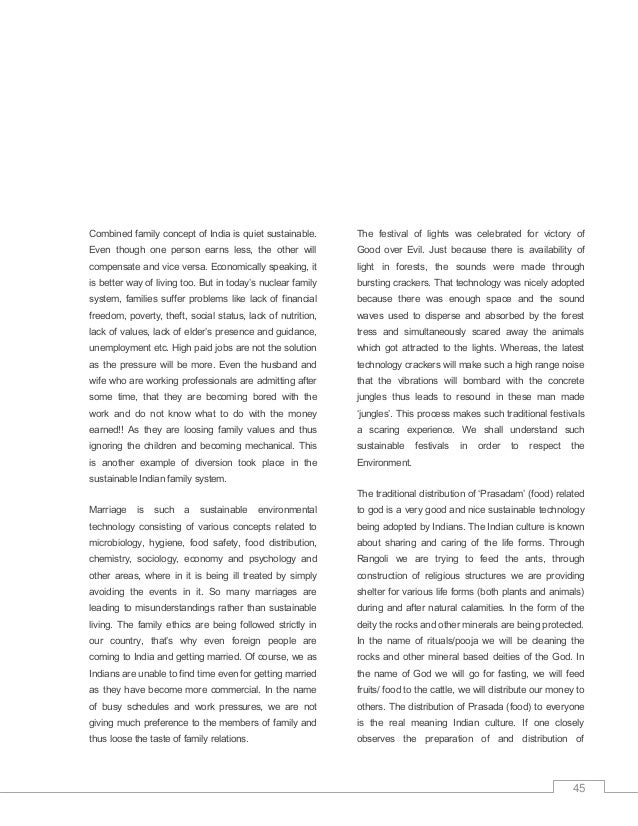Angiosperms and Gymnosperms - Biology Wise.
Angiosperms and Gymnosperms essaysAngiosperms are flowering plants. Angiosperms are the biggest group in the plant kingdom. They have true roots, stems, leaves and flowers. They also have seeds. The seeds are formed when an egg is fertilized by pollen in the ovary. The ovary is within the flower. Th.Angiosperms and gymnosperms are vascular land plants that reproduce by seeds. The angiosperm vs gymnosperm difference comes down to how these plants reproduce. Gymnosperms are primitive plants that produce seeds but not flowers or fruit. Angiosperm seeds are made in flowers and mature into fruit.Angiosperm - Angiosperm - Significance to humans: Angiosperms are as important to humans as they are to other animals. Angiosperms serve as the major source of food—either directly or indirectly through consumption by herbivores—and, as mentioned above, they are a primary source of consumer goods, such as building materials, textile fibres, spices and herbs, and pharmaceuticals. Among the.
The main difference between angiosperms and gymnosperms is diversity. The diversity of angiosperm is greater than the gymnosperm. The higher diversity indicated the angiosperms are adaptive to terrestrial ecosystems. Another characteristic of angiosperms is the flowers and production of fruits. But, in gymnosperms seed are not included in a fruit.Most angiosperms depend on cross-pollination, however; pollen grains from one flower must be transferred to the stigma of other flowers of the same species. In the anthers, formation of microspores occurs as in gymnosperms by meiosis. The microspore nucleus then divides once, producing a generative nucleus and a tube nucleus. The generative.
ADVERTISEMENTS: In almost all gymnosperms the reproductive structures form in cones, or strobili. In a pine, for example, small microstrobili develop in clusters on the ends of tree branches. In such a cone the underside of each cone leaf bears two microsporangia. In these, microspore mother cells undergo meiosis and give rise to microspores.











